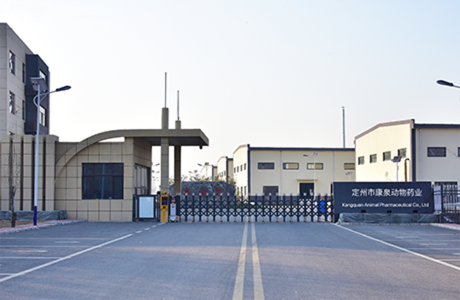- Afrikaans
- Albanian
- Amharic
- Arabic
- Armenian
- Azerbaijani
- Basque
- Belarusian
- Bengali
- Bosnian
- Bulgarian
- Catalan
- Cebuano
- Corsican
- Croatian
- Czech
- Danish
- Dutch
- English
- Esperanto
- Estonian
- Finnish
- French
- Frisian
- Galician
- Georgian
- German
- Greek
- Gujarati
- Haitian Creole
- hausa
- hawaiian
- Hebrew
- Hindi
- Miao
- Hungarian
- Icelandic
- igbo
- Indonesian
- irish
- Italian
- Japanese
- Javanese
- Kannada
- kazakh
- Khmer
- Rwandese
- Korean
- Kurdish
- Kyrgyz
- Lao
- Latin
- Latvian
- Lithuanian
- Luxembourgish
- Macedonian
- Malgashi
- Malay
- Malayalam
- Maltese
- Maori
- Marathi
- Mongolian
- Myanmar
- Nepali
- Norwegian
- Norwegian
- Occitan
- Pashto
- Persian
- Polish
- Portuguese
- Punjabi
- Romanian
- Russian
- Samoan
- Scottish Gaelic
- Serbian
- Sesotho
- Shona
- Sindhi
- Sinhala
- Slovak
- Slovenian
- Somali
- Spanish
- Sundanese
- Swahili
- Swedish
- Tagalog
- Tajik
- Tamil
- Tatar
- Telugu
- Thai
- Turkish
- Turkmen
- Ukrainian
- Urdu
- Uighur
- Uzbek
- Vietnamese
- Welsh
- Bantu
- Yiddish
- Yoruba
- Zulu
9 月 . 16, 2024 15:18 Back to list
disinfectants in veterinary practice
Disinfectants in Veterinary Practice
Disinfectants play a crucial role in veterinary practice, ensuring the health and safety of both animals and humans. Their primary function is to eliminate harmful microorganisms, including bacteria, viruses, and fungi, that can cause infections in animals and potentially spread to humans. As veterinary professionals strive to provide the highest standard of care, understanding the different types of disinfectants and their appropriate use is essential.
There are several categories of disinfectants commonly used in veterinary medicine. Among them are quaternary ammonium compounds, chlorine-based disinfectants, and phenolic compounds. Quaternary ammonium compounds, often referred to as quats, are popular due to their effectiveness against a wide range of pathogens and their low toxicity to animals. However, they require thorough cleaning of surfaces before application to ensure their effectiveness.
Chlorine-based disinfectants, such as bleach, are powerful agents that can kill a broad spectrum of microbes quickly. They are particularly useful in environments with high contamination risks, such as shelters or during outbreaks of infectious diseases. However, their strong odor and potential corrosiveness mean that they should be used with caution, particularly around sensitive animals.
disinfectants in veterinary practice

Phenolic compounds, another category of disinfectants, are effective against a variety of pathogens, although they tend to have a more complex application process. While phenols are very effective, they can be toxic to cats, making them less suitable for mixed-animal practices.
The proper dilution and application of disinfectants are vital for their efficacy. Veterinary professionals must adhere to manufacturer instructions to ensure that the disinfectants are used correctly. This includes understanding contact times, which refer to the duration the surface must remain wet with the disinfectant to achieve effective microbial kill.
It is also essential to rotate disinfectants occasionally to prevent resistance among pathogens. This strategy can help manage the emergence of resistant strains of microbes, particularly in high-density environments like veterinary clinics and animal shelters.
In conclusion, the effective use of disinfectants in veterinary practice is fundamental to maintaining a safe environment for animals and humans alike. By selecting appropriate disinfectants, understanding their properties, and applying them correctly, veterinary professionals can significantly reduce the risk of infectious disease transmission and thereby enhance the quality of care they provide. As science and technology advance, ongoing education about disinfectants will remain vital to the evolving landscape of veterinary medicine.
-
The Power of Radix Isatidis Extract for Your Health and Wellness
NewsOct.29,2024
-
Neomycin Sulfate Soluble Powder: A Versatile Solution for Pet Health
NewsOct.29,2024
-
Lincomycin Hydrochloride Soluble Powder – The Essential Solution
NewsOct.29,2024
-
Garamycin Gentamicin Sulfate for Effective Infection Control
NewsOct.29,2024
-
Doxycycline Hyclate Soluble Powder: Your Antibiotic Needs
NewsOct.29,2024
-
Tilmicosin Premix: The Ultimate Solution for Poultry Health
NewsOct.29,2024













